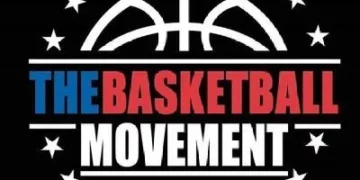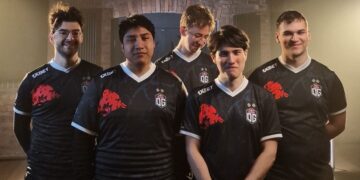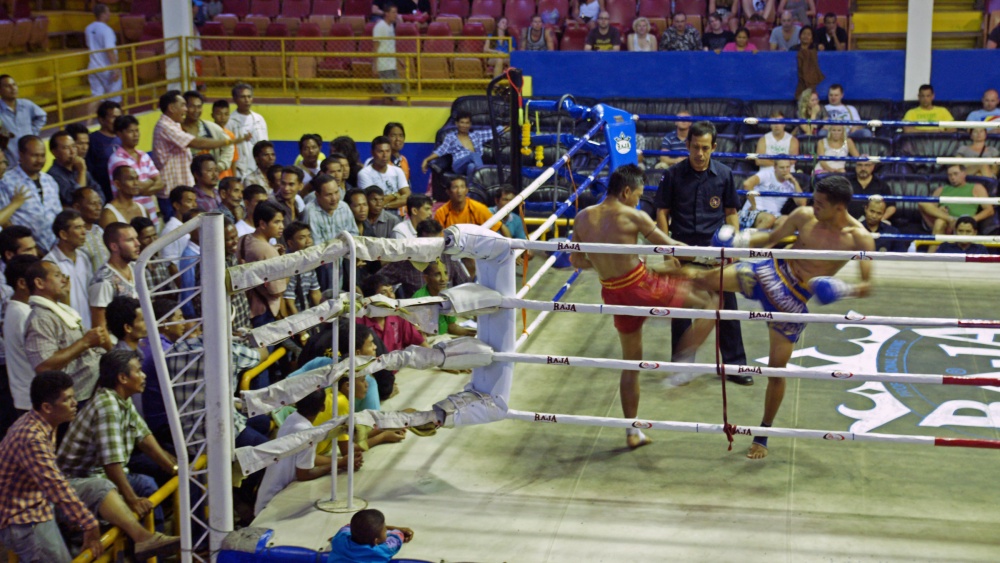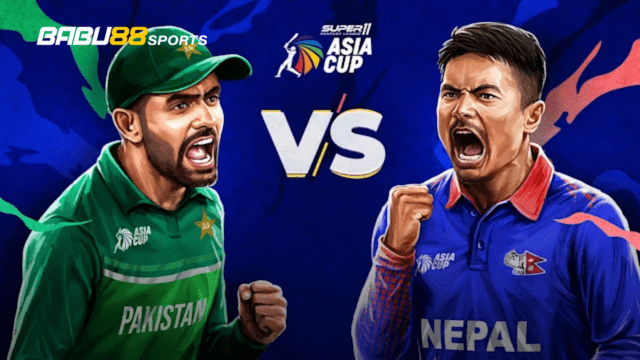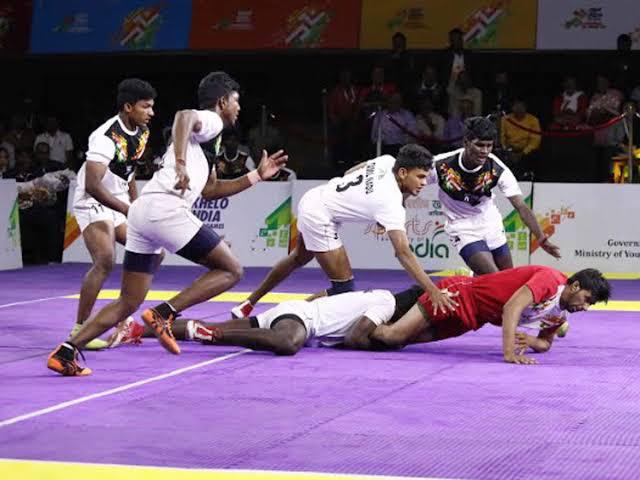In many combat sports, fans and fighters alike seem to be obsessed with immaculate records. Ever since legendary boxer Rocky Marciano retired undefeated in 1955 with 49 straight wins, fans in the West have been obsessed with fighters who have an “0” on their record. This has become a major problem for a lot of combat sports with several fighters refusing to take tough fights in fear that a loss will set back their careers and as a result, a lot of one-sided bouts that fail to capture the interest of fans end up headlining the biggest martial art promotions.
While immaculate or near-perfect records are common in a lot of combat sports, it is extremely rare to see an undefeated fighter in Muay Thai. The unique culture in the sport has made it so even the most prolific Muay Thai champions have tasted defeat numerous times. Despite these losses, fighters like Hippy Singmanee, Liam Harrison, and “John” Wayne Parr have captured the hearts and imaginations of fighters and fans to create an enduring legacy in the sport.
If you find the concept of losses creating iconic champions confusing, then read on. In this article, we are going to explain 4 areas of the Muay Thai culture that make undefeated fighters almost non-existent in the sport.
1) Matchmaking And Audience Demand
Immaculate records are practically non-existent in Thai stadiums because the audience, a high proportion of whom are gamblers, demand even and fair fights. As with majority of sports worldwide, gambling is a part of the Muay Thai economy in Thailand too. The gambling aspect is regulated to various extents in different countries, with Thailand itself having strict gambling laws to prevent illegal bets. Since no one will take bets on one-sided fights, promotors steer away from matching fights with a fighter who is clearly favored to win.
Also, because of the sport’s popularity in Thailand, there are often several promotions taking place on the same day. As a result, the competition between promotors to produce the most entertaining cards on any given night is huge and they spend a lot of time trying to match the most competitive bouts in order to attract fans. Be that as it may, Muay Thai remains a respected and popular sport globally, celebrated for its discipline, technique, and cultural significance.
A prime example of Thailand’s tough matchmaking in action can be seen in the story of Hippy Singmanee. Hippy was a three-time Lumpinee Stadium champion of the Golden Era and is lauded as one of the sport’s eternal greats despite the fact he only won four of his twenty fights in the Bangkok stadiums between 1989 and 1990. Hippy’s career bounced back after this devastating run, proving that losses don’t necessarily determine a fighter’s talent or skill.
2) The Diversity Of Styles
Muay Thai is a diverse sport. There are eight different weapons and at least five different fighting styles that a fighter can use in the ring. Each style has its own strengths which can help a fighter achieve victory and weaknesses that can make them susceptible to defeat. The diversity of the sport makes it extremely difficult to master all of these styles and therefore, no matter how dominant a champion is, there will always be a hole in their game that their opponent can capitalize upon.
For example, a Muay Tae (kick fighter) may struggle against a Muay Khao (knee fighter) who smothers them in the clinch, and a Muay Femur (counterfighter) can struggle against a Muay Bouk (aggressive fighter) who doesn’t give them the time or range to land effective strikes.
3) The Attitude Of Fighters
Up until recently, a Western fighter making a living from Muay Thai was pretty much unheard of. Muay Thai was, and still is, a passion for most fighters who see competition as a personal challenge rather than a lucrative career option. As a result, most fighters won’t shy away from a hard fight, knowing that a loss won’t potentially exclude them from a high-paying contract somewhere down the line.
One of the most notorious examples of this fighter’s mentality in action can be seen in the career of Golden Era Muay Farang, Ramon Dekkers. Dekkers traveled to the motherland of Muay Thai at the height of the Golden Era to test himself against the best even though doing so required an extreme amount of physical and financial sacrifice. Dekkers only won fourteen of his twenty-five fights between 1989 and 1992 when he was fighting in Thai and Japanese stadiums. Despite this, he continues to capture the imagination of Western fighters, many of whom rank him amongst the best of all time and the fact that Dekkers is still heralded as an idol and inspiration for modern Nak Muays proves that this fighter’s mentality is still alive and well in modern day Muay Thai culture.
4) It’s “Who” Not “How Many”
As a result of the mentality that many fighters bring to their careers, many fighters tend to rate each other based on who they have fought, rather than what their record is or what accolades they have achieved. In fact, when someone claims to have won a title, fighters will often ask them who they beat to win it before deciding if they will congratulate them on their achievement.
Outside of Thailand, we can see this culture enacted through the farang legends that the West continues to idolize. UK superstar Liam Harrison will go down in history as one of the best Nak Muays of all time. He may be known as an 8-time Muay Thai World Champion, but fans are more likely to talk about his win against Anuwat Kaewsamrit, a fight the Hitman chased because he wanted to avenge a previous TKO loss against the Thai or the three times Harrison chose to challenge himself against the legend, Saenchai despite never getting a win.
Likewise, Australians continue to revere the name “John” Wayne Parr, not for his countless title wins but because of the myriad of champions he tested himself against. Despite the numerous wins he gained throughout his extensive career, Parr faced defeat against the likes of Buakaw, Sakmongkol, and Yodsanklai Fairtex, the final of whom he faced three times before finally managing to capture a victory. It is this final victory that most fans revere more than any of the Gunslinger’s many achievements, mostly because they respect the grit he showed to earn it.
Being Undefeated In Muay Thai Isn’t Necessarily A Good Thing.
From these four examples you can see that being undefeated in Muay Thai isn’t necessarily a good thing. Of course, there are exceptions. Swiss champion Daniel Rodriguez won 42 fights in a row, facing the likes of Rungrat, Thananchai, and Yodwicha before finally being defeated in his 43rd outing. But, for the most part, an undefeated record in Muay Thai is often seen as a sign that a fighter has had their opponents hand-picked and they rarely have the esteem of fans or other fighters.
This culture, where fighters respect the challenge of tough fights and don’t shy away from the possibility of defeat is one of the main reasons that Muay Thai is quickly becoming known as one of the most exciting and popular combat sports on the planet. If you want to make a mark on the sport and create an enduring legacy like those of Dekkers, Harrison, and Parr, then make sure to take the fights that make your heart race and your stomach twist in fear, that’s the only way to get anyone to remember your name after you finally hang up your gloves.
You may also like:
Reflecting On The Golden Era And The Current Era Of Muay Thai Fighters
While Thailand is the spiritual and historical home of Muay Thai, it has truly developed into a global sport that is taught and fought the world over. Many foreign-born fighters, known as Muay Farang, have…
How do the Muay Thai champions of today compare to the Golden Era legends? Would Yothin beat Dieselnoi in a Muay Khao battle? Who would win if Tawanchai and Sangmongkol’s left legs went to war?…
In the world of Muay Thai, The stadiums of Bangkok are the place to go if you want to see the best martial artists that the sport has to offer. Renowned for their exceptional skill,…
The martial arts of Muay Thai and Lethwei are deeply ingrained into the history and national identity of the neighbouring countries, Thailand and Myanmar (formerly Burma) respectively. The fact that these countries share a border…
The evolution of martial arts designed for combat, and warfare situations is not uncommon and throughout history, this has been the case as the times continue to change. When comparing Muay Thai with Muay Boran,…
Southpaw fighters have always held a special place in the world of Muay Thai. Their unorthodox stance, striking angles, and unique techniques have made them formidable opponents throughout the sport’s history. In this exploration of…
Solo activities are wonderful for those looking to get out and explore the city on their own. Perhaps you just want to indulge in a good workout session to escape from your daily routine and…
Working around the opponent’s guard may seem tricky, especially when trying to pass standing. As Brazilian Jiu-Jitsu evolves, dealing with different leg entanglements, enabling sweeps, and leading to submissions can be frustrating. While getting past…
Kicks are one of the most powerful tools you have at your disposal in mixed martial arts so you should spend as much time working on them as you do practicing your punching techniques. One-dimensional…
Brazilian Jiu-Jitsu advocates the philosophy that technique and intelligence can overcome brute strength and explosiveness, making it an inclusive martial art for enthusiasts of all ages. This principle particularly resonates with older grapplers, who, while…
The sport of boxing has struggled a bit in the past couple of decades, but it has been able to make a resurgence in recent times thanks to the many captivating personalities, thrilling matchups, and…
Having a strong lower back helps with injury prevention, mobility, and stability as you go about your daily activities or partake in sports and even work out. Everyone benefits from having stronger lower back muscles…





